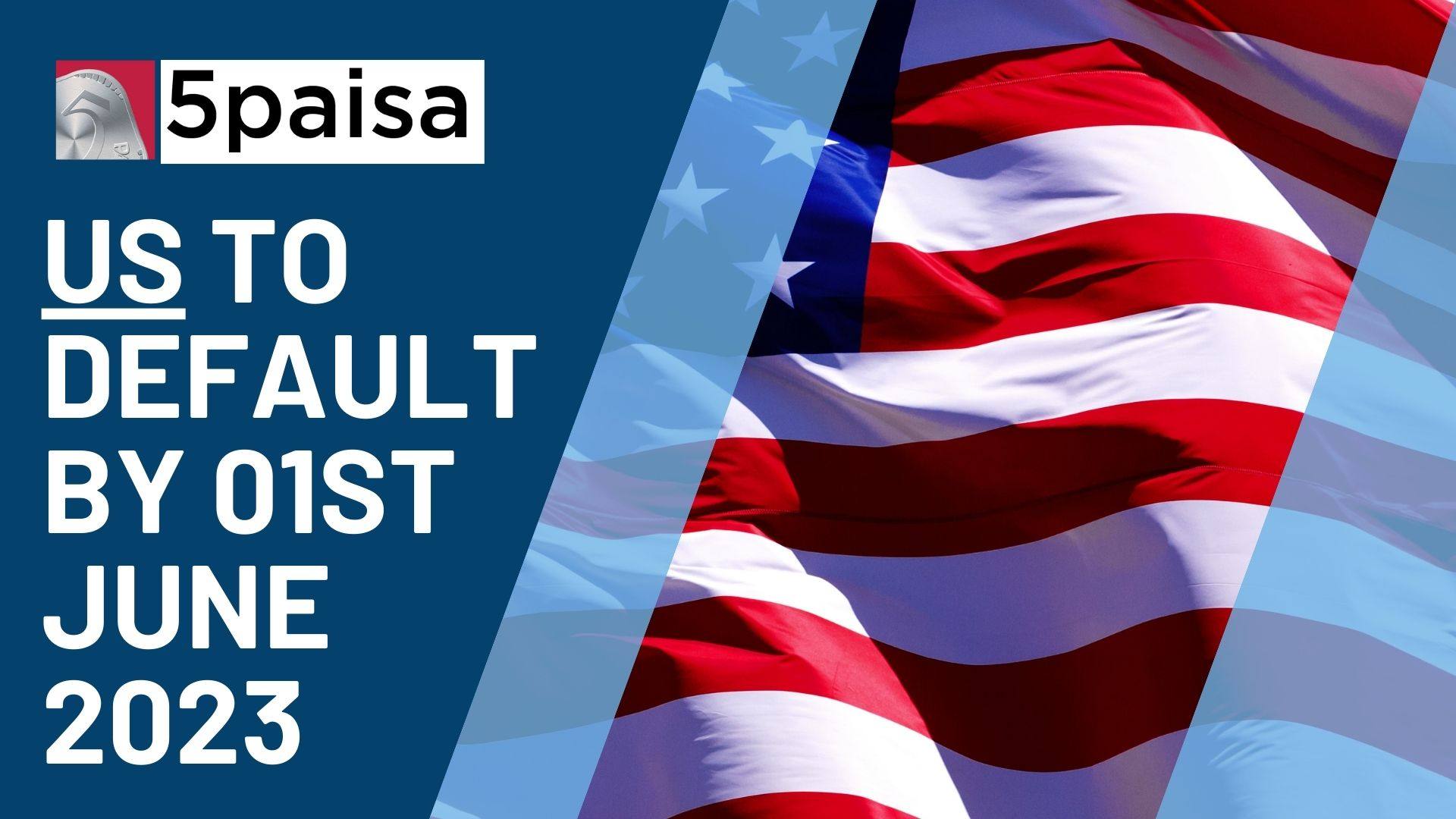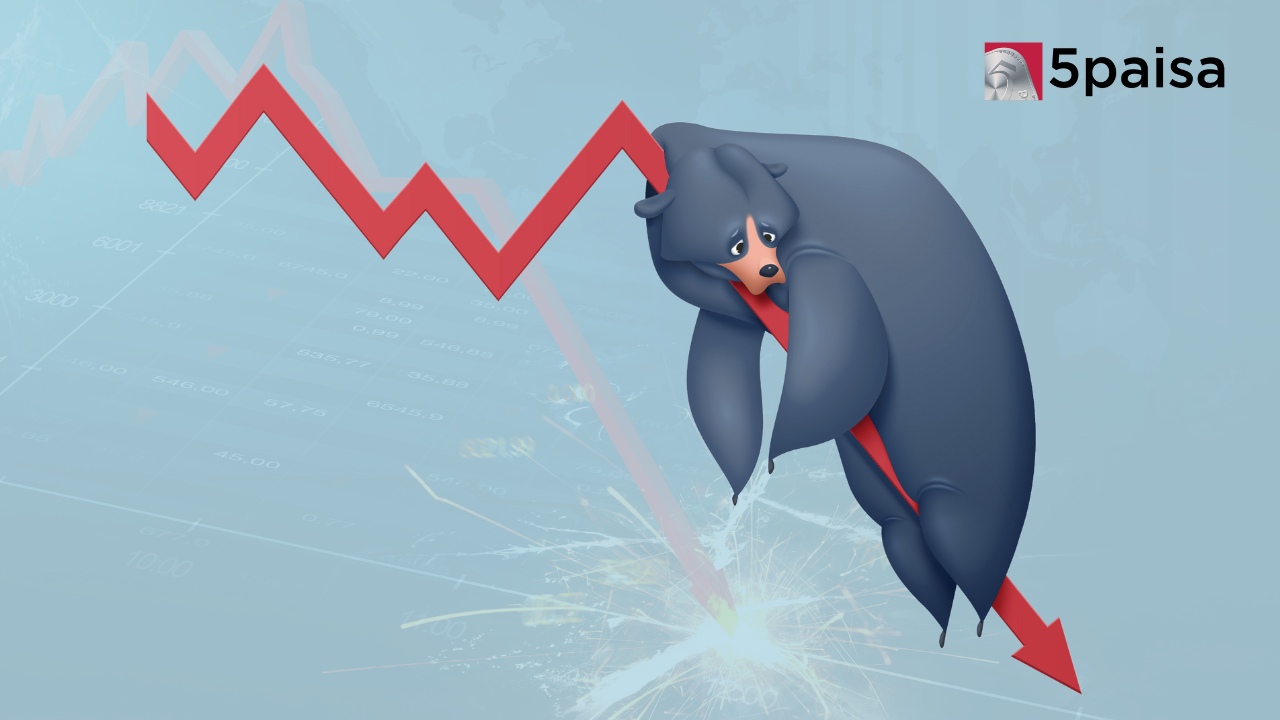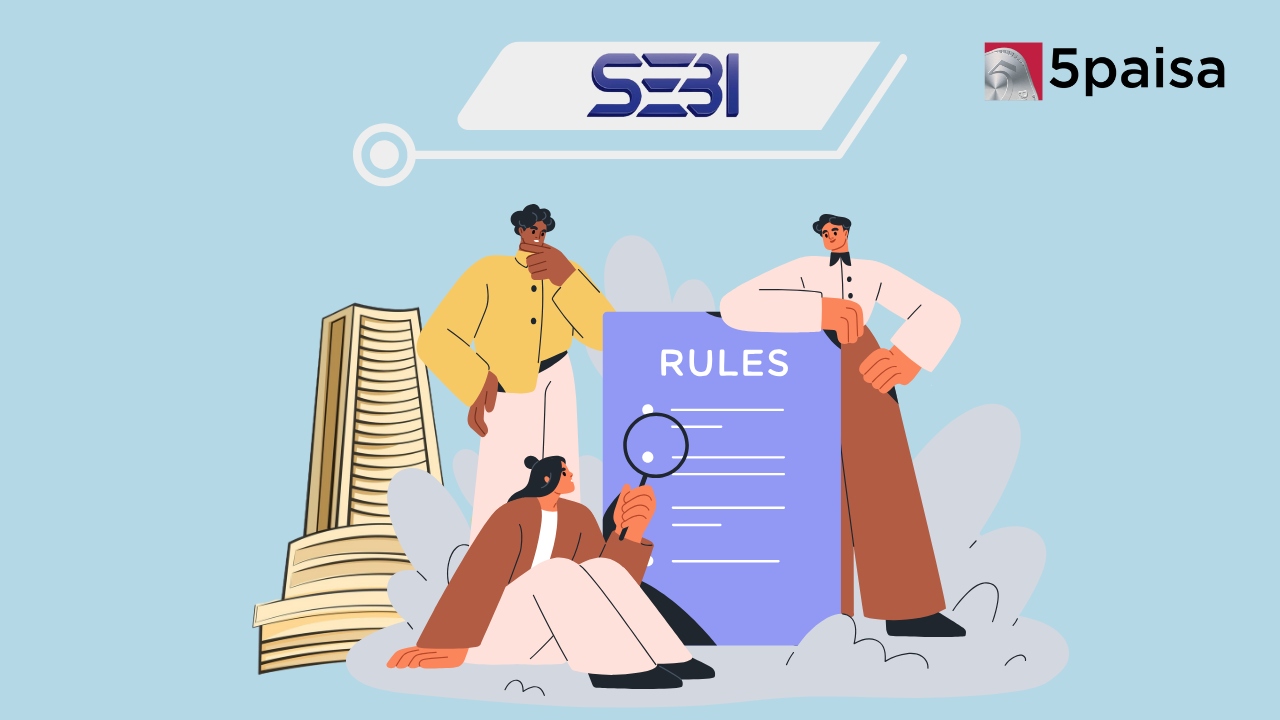Nifty Nears Correction as Sensex Drops 1,300 Points Amid Broad Selloff
Can the US default on debt on 01-June and what that implies?

Last Updated: 30th May 2023 - 03:29 pm
The most feared phrase in the world today is the “debt ceiling.” Let us simplify it a bit. The US Congress regularly approves a debt ceiling for the government and they have to keep their outstanding debt within that limit. As long as the government is inside the debt ceiling, they don’t need any special approval to spend. Today, that debt ceiling limit stands at $31.4 trillion. To give the context, that is 9 times the GDP of India. That is how much of outstanding that the US government has. It needs to borrow to pay interest on loans, pay salaries to the military and government staff as well as pensions and social security for the aged. The US has always spent more than they earned, so they had to borrow to spend.
US Debt Ceiling Crisis Endangers Global Economic Stability
Why enhance the debt ceiling?
The US debt ceiling of $31.4 billion had been hit in January 2023 itself. Since then, the government has used its emergency measures to run the government till date. However, the US government is slated to virtually run out of cash by the end of May. That would mean that; if the debt ceiling was not raised before June 01st 2023, the US government will default on its debt and on its committed spends. Normally, the raising of the debt ceiling is just a formality. However, the ruling Democrat party and the opposition Republican party at loggerheads. The narrow gap between the two parties in both houses of the US Congress only heightens this problem. Unless both the Democrats and Republicans are in sync, this deal cannot happen, which would push the US government to default on 01st June.
What are the options now?
Currently, there are several possibilities that we can envisage and here are a few of them.
- The easiest answer is that both the parties manage to squeeze in an agreement and increase the debt ceiling before the due date. Then, it is business as usual. The government continues to function normally and a default by the US government would have been averted for now.
- The debt ceiling can be scrapped by the President. For instance, under the 14th Amendment to the Constitution, the President can use his powers and scrap the debt ceiling altogether. However, that will not be too popular. Firstly, it would show the government in bad light for their ability to drive a consensus. Secondly, it is not in line with the spirit of a democratic and free nation like the US.
- The third possibility is that the government prioritizes. For instance, the US government can prioritize interest on debt and delay other payments . However, the Treasury Secretary, Janet Yellen, is quite categorical that there is nothing like prioritization that the government can do. A default on any payment is a default and that would still impact the credit standing of the US.
- The last and the worst possible outcome is that nothing is done. In short, the government makes it an intentional default. Here the repercussions could be deep and far-reaching. It could push the dollar lower and exacerbate a recession in the US. But, we will come back to that point later.
Let us first look at where exactly are the Democrats and the Republicans deadlocked over the debt ceiling enhancement.
Several deep differences over debt ceiling
The ruling Democrats and the opposition Republicans in the US are divided on the debt ceiling over a number of issues. Here are a few such differences.
- The biggest difference is on the capping of spending. For instance, the Republicans want to cap government spending for future federal budgets. They also want spending cuts worth $4 trillion. On the other hand, the Democrats are willing to accept short-term limits and a freeze on spending at last year’s levels. Republicans are not willing to make spending cuts a pre-condition for raising the debt ceiling.
- Republicans also want social welfare tweaks. They want people receiving food stamps, financial aid, and Medicaid to actively seek work or enrol in a skilling programme. But, Democrats are not ready for such conditions. More importantly, the Medicaid program has been one of their key themes for the Biden administration and they do not want any welfare spend cuts as a condition for debt ceiling agreements.
- Both the parties differ on the way the unspent COVID funds should be treated. For instance, Republicans want such unspent COVID funds to be returned to the government since the pandemic has tapered. Republicans feel it is too early to do so, and the funds must be available in the event of a relapse of the pandemic in any form.
- One more area of difference is energy development. Under Trump, the Republicans had allowed aggressive prospecting of shale. That was largely overturned by Biden. The Republican party wants a return to the Trump era and permission to oil companies to prospect aggressively for crude.
What happens if there is a default in the US
If the US defaults, then $31.4 trillion of debt is in default and there is no nation in the world today that can bail out the US. But here are some possible ramifications if the US defaults because the debt ceiling is not raised before 01st June 2023.
- If a default happens, the US economy is most likely to materially slow down. Most economists believe the magnitude of a US default would be many times larger than the global financial crisis of 2008. Market experts like Mohamed El-Erian have warned that a US default could even tip the economy into a full-fledged recession.
- US mortgage rates could spike and the dollar could face a hard crack. We could see a rush to sell US bonds globally as well as central banks shifting away from the dollar as reserve currency. Apart from high rates and high inflation, there will be a contagion fear too. After all, if the US can default, then any other nation could also default.
- The sharp fall in the dollar will hit most countries that export billions of dollars of goods and services to the US. India has a problem as it runs a huge trade surplus with the US. There will be chaos in asset pricing. Today, most commodities like Brent Crude, spot gold, silver and even base metals are priced in dollars and a wobbly dollar could make pricing assumptions and benchmarks difficult to sustain.
These are some of the most obvious outcomes of a US default. The best hope is that the deal happens and everything is back to normalcy. But, how will India be impacted if the debt ceiling is not raised?
Here is how Indian economy would be hit by a US default
Any debt ceiling default could hit Indian economy and Indian companies in multiple ways. India’s largest foreign holdings are in US bonds and the sharp fall could leave the Indian bond holdings worth a lot less. A weak dollar will result in most emerging market currencies falling in sympathy, including the Indian rupee. That will certainly make foreign currency borrowings more expensive. The US government and the US companies will tighten their belts and that would mean tech spending and weaker demand. For India, that will hit sectors like textiles, IT, pharma, and chemicals. The real problem is that none of the central banks, including the RBI, are really prepared for a US default. That is the worst part.
- Flat ₹20 Brokerage
- Next-gen Trading
- Advance Charting
- Actionable Ideas
Trending on 5paisa
Indian Market Related Articles
Disclaimer: Investment in securities market are subject to market risks, read all the related documents carefully before investing. For detailed disclaimer please Click here.
 5paisa Research Team
5paisa Research Team




